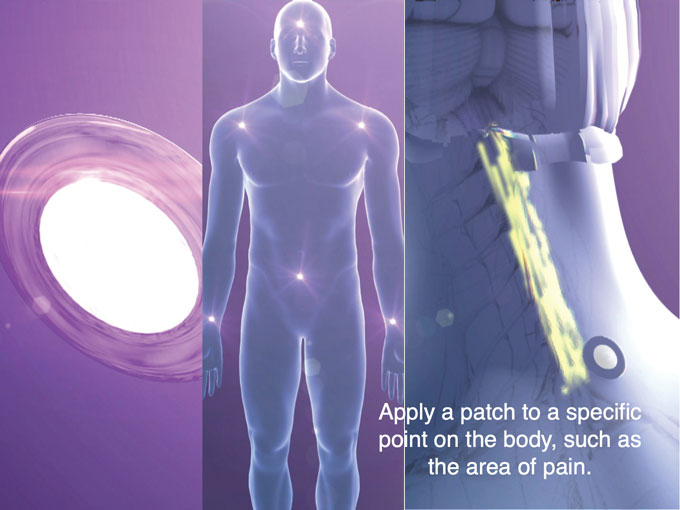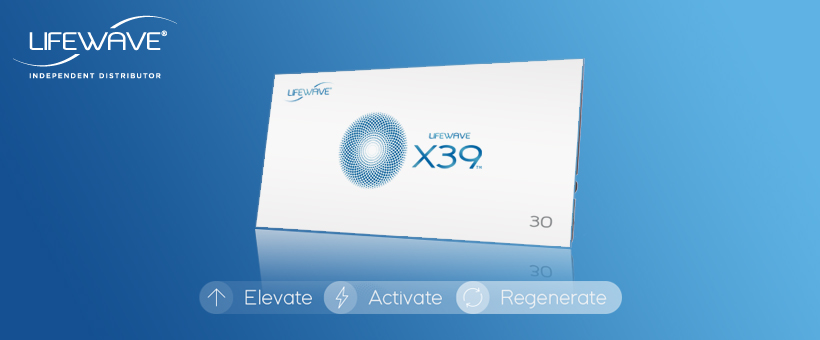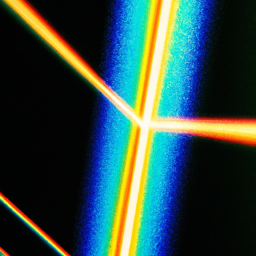Are you looking for a natural way to revitalize your health and improve your overall well-being? Look no further than Infrared Light Therapy for Cellular Regeneration. This groundbreaking treatment utilizes the power of infrared light to stimulate cell regeneration, promoting healing from the inside out. By targeting specific wavelengths of light, this therapy penetrates deep into your body, activating the production of collagen and promoting the repair of damaged cells. Experience the rejuvenating effects of Infrared Light Therapy and discover a new level of health and vitality.
I. Understanding Infrared Light Therapy
A. What is Infrared Light Therapy?
Infrared light therapy, also known as photobiomodulation, is a non-invasive treatment that utilizes infrared light to stimulate healing and promote overall health. This therapy involves the use of specific wavelengths of light, typically between 700 and 1,000 nanometers, which penetrate deep into the tissues of the body.
B. How Does Infrared Light Therapy Work?
Infrared light therapy works by delivering infrared light energy into the body, which is absorbed by the cells and tissues. This energy then stimulates various cellular processes, such as enhanced energy production, increased blood flow, and improved oxygenation. These processes help to stimulate the body’s natural healing mechanisms and promote overall health and wellness.
C. Different Types of Infrared Light Therapy
There are several different types of infrared light therapy available, each with its own specific benefits. Near-infrared therapy focuses on shorter wavelengths and is commonly used for skin rejuvenation and wound healing. Mid-infrared therapy utilizes slightly longer wavelengths and is often used for pain management and deep tissue healing. Far-infrared therapy has the longest wavelengths and is commonly used for detoxification and overall wellness.
II. Benefits of Infrared Light Therapy
A. Enhanced Cellular Regeneration
One of the key benefits of infrared light therapy is its ability to enhance cellular regeneration. The infrared light stimulates the mitochondria, the powerhouse of the cells, to produce more ATP (adenosine triphosphate), which is the energy currency of the body. With increased ATP production, cells have more energy to repair and regenerate, promoting overall cellular health and rejuvenation.
B. Pain Relief and Reduction of Inflammation
Infrared light therapy has shown great promise in providing pain relief and reducing inflammation. The infrared light helps to increase blood flow to the affected area, promoting healing and reducing inflammation. It also stimulates the release of endorphins, which are natural painkillers produced by the body. This makes infrared light therapy an effective non-pharmacological option for managing chronic pain and inflammation.
C. Improved Blood Circulation
Infrared light therapy has a positive impact on the circulatory system, helping to improve blood flow throughout the body. The infrared light dilates blood vessels, allowing for better circulation and oxygenation of tissues. Improved blood circulation not only supports the body’s natural healing processes but also helps deliver vital nutrients to the cells and removes waste products more efficiently.
D. Boosted Immune System
Regular infrared light therapy sessions have been shown to help boost the immune system. The therapy stimulates the production of white blood cells, which are crucial for the body’s defense against infections and diseases. Additionally, infrared light therapy helps reduce stress and improves overall well-being, both of which are known to have a positive impact on the immune system.
E. Detoxification and Improved Skin Health
Far-infrared therapy is particularly beneficial for detoxification and improving skin health. The deep penetration of far-infrared light helps to stimulate sweat glands, promoting the elimination of toxins from the body. This therapy also improves collagen production and boosts blood flow to the skin, resulting in improved skin elasticity, reduced wrinkles, and a healthier complexion.
III. Applications of Infrared Light Therapy
A. Infrared Light Therapy for Skin Rejuvenation
Infrared light therapy is widely used for skin rejuvenation, helping to address various skin concerns. The therapy stimulates collagen production, which can help reduce the appearance of fine lines, wrinkles, and sagging skin. It also improves overall skin tone and texture, leaving the skin looking more youthful and radiant.
B. Infrared Light Therapy for Wound Healing
Infrared light therapy has been shown to promote wound healing by increasing blood flow to the wounded area and stimulating cellular regeneration. The therapy helps reduce inflammation, fights infection, and accelerates the formation of new tissues, aiding in the healing process of both acute and chronic wounds.
C. Infrared Light Therapy for Pain Management
The pain-relieving properties of infrared light therapy make it a popular option for managing various types of pain. It is particularly effective for musculoskeletal pain, such as arthritis, back pain, and joint pain. The therapy helps reduce inflammation in the affected area and stimulates the release of endorphins, providing natural pain relief without the need for medication.
D. Infrared Light Therapy for Sports Recovery
Infrared light therapy is increasingly used in sports medicine for post-workout and post-injury recovery. The therapy helps reduce muscle soreness, inflammation, and oxidative stress caused by intense physical activity. It also promotes faster healing of minor sports-related injuries, such as sprains and strains, allowing athletes to recover more quickly and get back to their training routine.
IV. Factors to Consider When Using Infrared Light Therapy
A. Safety Precautions
While infrared light therapy is generally safe, it is important to follow certain safety precautions. Always ensure that your eyes are protected by wearing appropriate goggles or keeping them closed during the therapy session. Avoid using infrared light therapy on open wounds or areas with active infections. If you have any underlying medical conditions, it is advisable to consult with a healthcare professional before starting infrared light therapy.
B. Duration and Frequency of Sessions
The duration and frequency of infrared light therapy sessions can vary depending on the specific condition being treated. It is recommended to start with shorter sessions, typically around 15 to 20 minutes, and gradually increase the duration as tolerated. The frequency of sessions may also vary, but most individuals benefit from regular treatments, ranging from several times per week to daily, depending on the severity of the condition and individual response to the therapy.
C. Choosing the Right Infrared Light Therapy Device
When considering using infrared light therapy at home, it is essential to choose a high-quality device that meets your specific needs. Look for devices that emit the appropriate wavelengths of infrared light and have adjustable intensity settings. Consider factors such as portability, ease of use, and safety features when selecting the right device for your individual requirements.
V. Potential Side Effects of Infrared Light Therapy
A. Skin Sensitivity and Irritation
In some cases, individuals may experience skin sensitivity and irritation after infrared light therapy. This can manifest as redness, itching, or a mild rash. If you experience any skin reactions, it is important to discontinue the therapy and consult with a healthcare professional. Applying a gentle moisturizer or aloe vera gel after the session may help soothe any skin irritation.
B. Eye Damage
Direct exposure of the eyes to infrared light can cause damage to the retina. It is crucial to protect your eyes with appropriate goggles specifically designed for infrared light therapy or keep them closed during the session. Taking precautions to prevent eye damage is essential to ensure the safe and effective use of infrared light therapy.
C. Heat Sensation
During infrared light therapy sessions, individuals may experience a mild heat sensation on the skin. This is a normal and expected side effect of the therapy. However, if the heat sensation becomes uncomfortable or unbearable, it is advisable to reduce the intensity or duration of the session or consult with a healthcare professional.
VI. Conclusion
Infrared light therapy is a powerful and non-invasive treatment option that offers numerous health benefits. From enhanced cellular regeneration to pain relief and improved blood circulation, this therapy has wide-ranging applications. Whether used for skin rejuvenation, wound healing, pain management, or sports recovery, infrared light therapy provides a natural and effective solution. However, it is important to consider factors such as safety precautions, session duration and frequency, and the selection of the right device to ensure a safe and successful therapy experience. With proper precautionary measures and guidance, infrared light therapy can contribute to rejuvenating your overall health and well-being.





